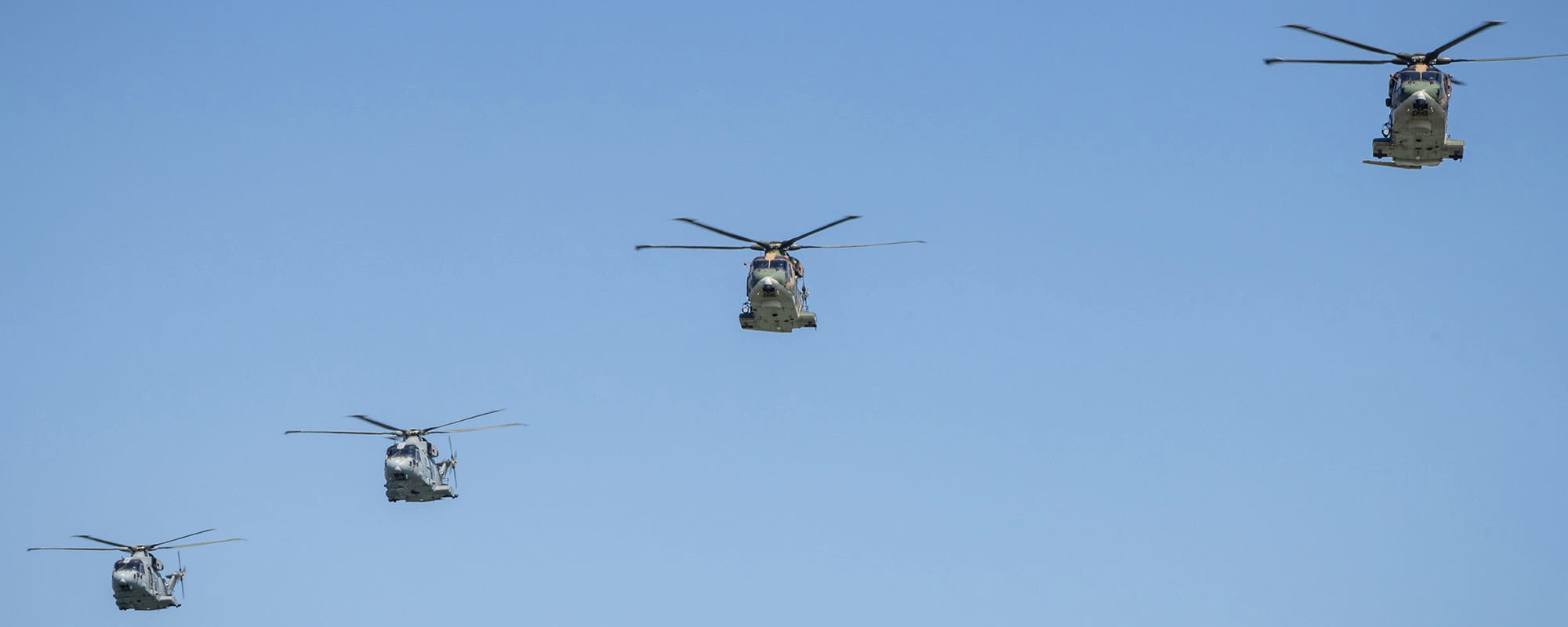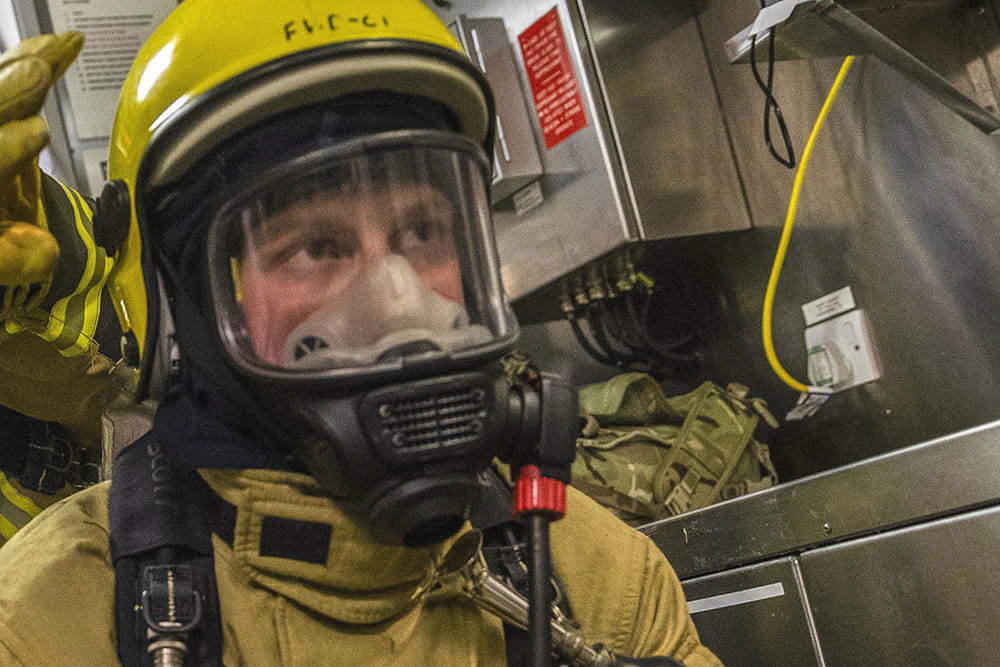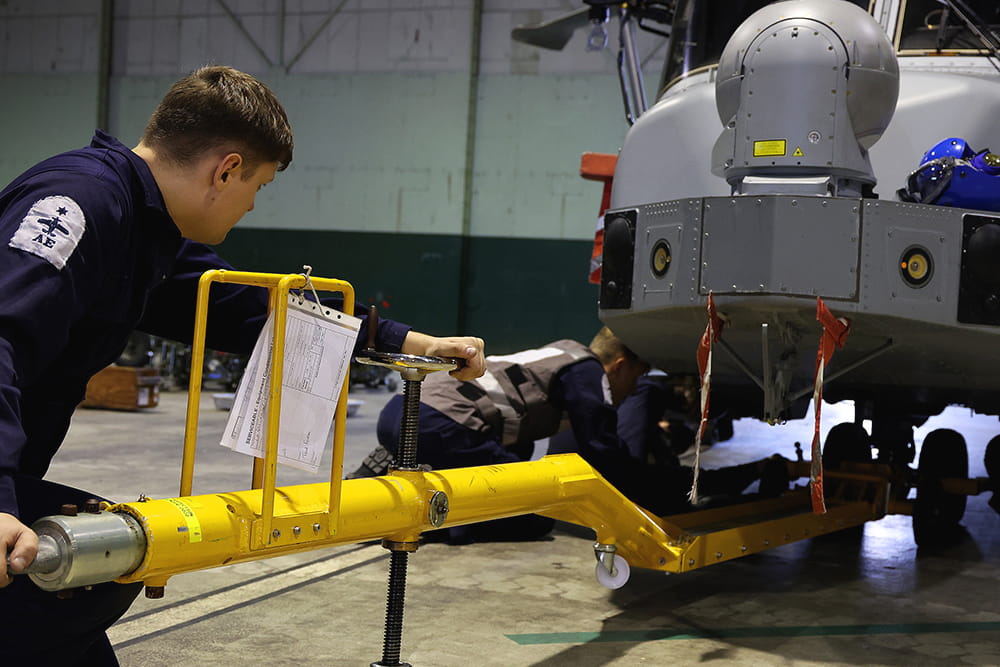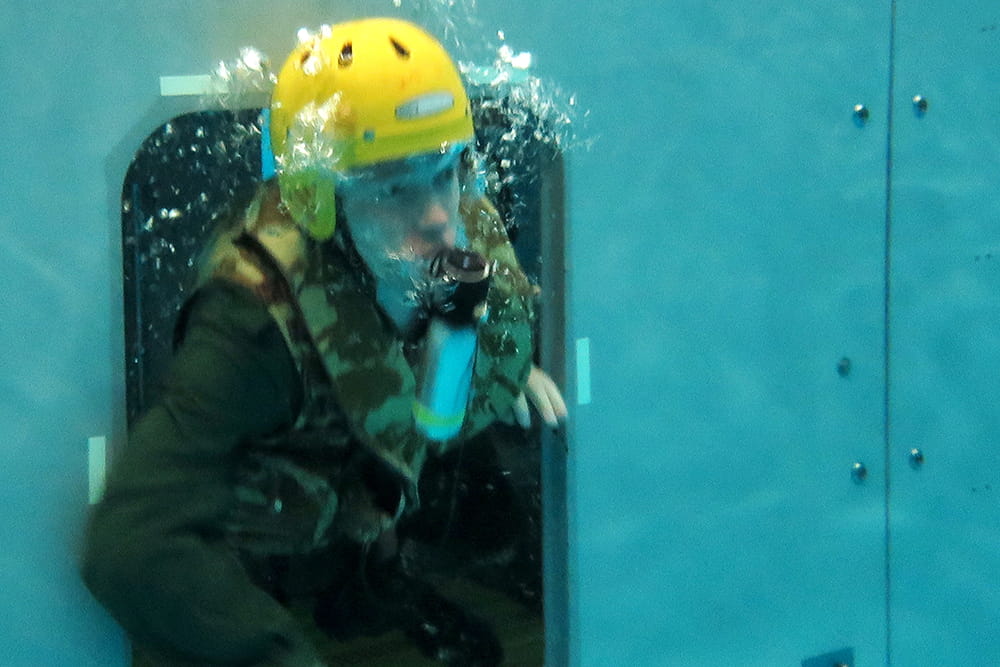RNAS Yeovilton
Located in Somerset, the base covers a large area with two parts: one in Yeovilton and another in Ilton (Merryfield). The base is one of the busiest military airfields in the UK.

Role of the base
RNAS Yeovilton is one of the Navy's two principal air bases. It is home to more than 100 aircraft operated on both front-line squadrons and training units, including the Fleet Air Arm Wildcat Force and the Commando Helicopter Force, plus vintage aircraft of the RN Historic Flight.
The air station also hosts a large support staff from the Defence Equipment and Support organisation, and the world famous Fleet Air Arm Museum.
Training school
In addition to the squadrons, the air station is home to the Navy’s Fighter Controller School, the School of Aircraft Control, and the Helicopter Underwater Escape Trainer and the Royal Navy Historic Flight team and aircraft.

Royal Navy School of Fighter Control
Offers courses for junior warfare officers and observer students. It provides training in air traffic control, meteorology, and practical instruction. This involves controlling multiple aircraft of any type in various locations. As well as visits to RAF bases and opportunities for deployments and international exchanges. Fighter Control is a sub-specialisation within the Warfare branch, leading to further career opportunities as Principal Warfare Officers and Air Warfare Officers.

Royal Navy School of Aircraft Control
This school has courses for Leading Aircraft Controllers (LACs) and Royal Fleet Auxiliary (RFA) Leading hands. We train controllers to handle helicopters and fixed-wing aircraft. Ratings from any branch of the Royal Navy can apply for transfer. We use computer simulators and realistic shipboard training. We also offer an opportunity for advancement to Air Traffic Controller training at RAF Shawbury, Shropshire facility.

Underwater Escape Training Unit
Initially located at HMS Vernon, now based at RNAS Yeovilton. It has a purpose-built module representing small and large aircraft cockpits. We train individuals to escape using correct procedures in underwater simulations. This includes dark and upside-down scenarios with blocked exits for increased realism. We use Short Term Air Supply Systems (STASS) for additional breathing time and conduct research, testing, and maintenance of diving equipment. We provide a recompression chamber for emergencies and support ongoing equipment development.
